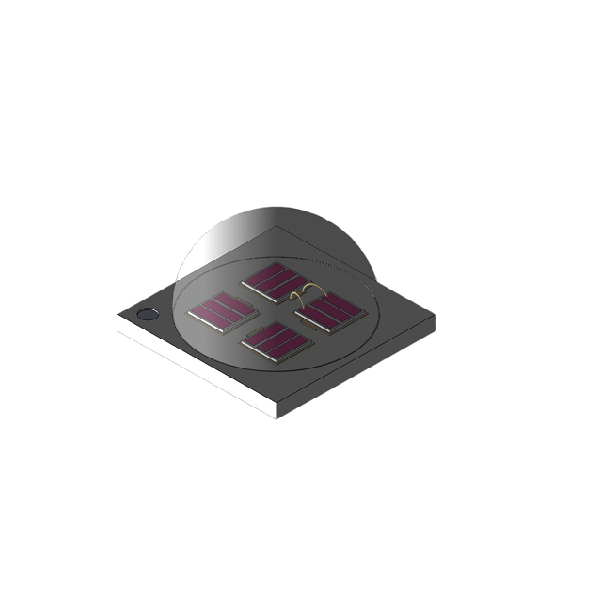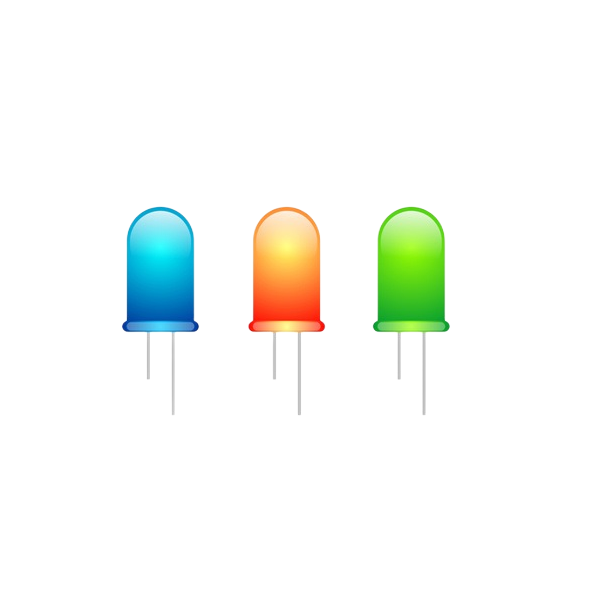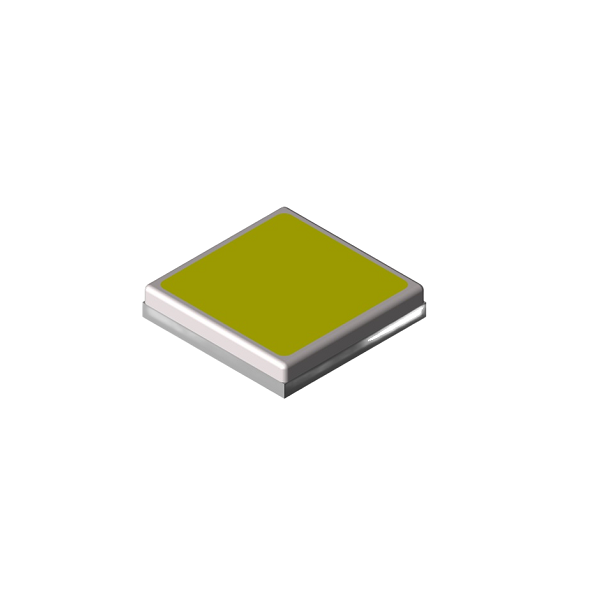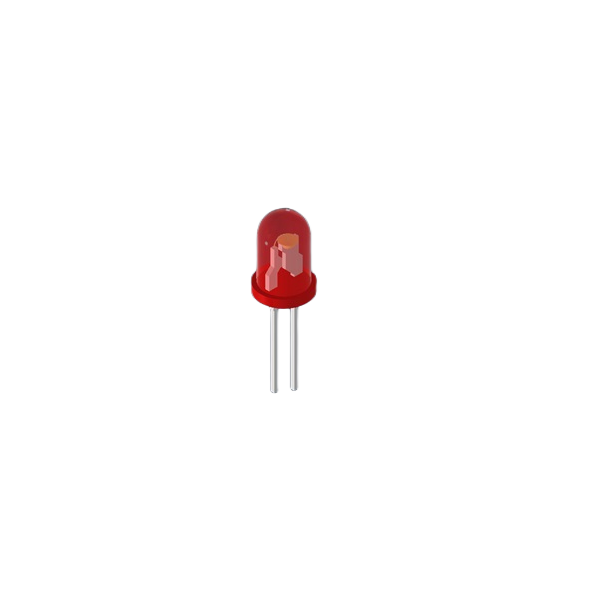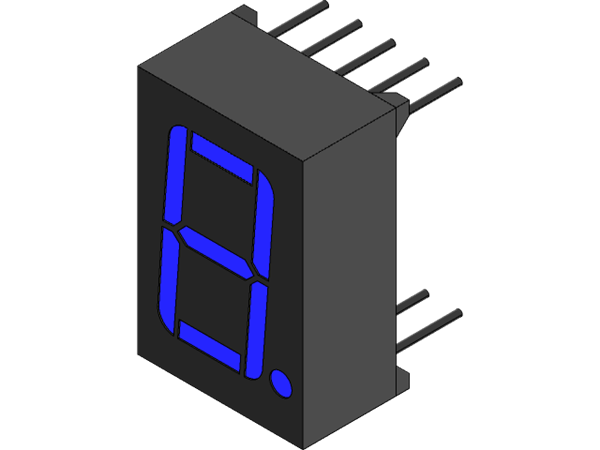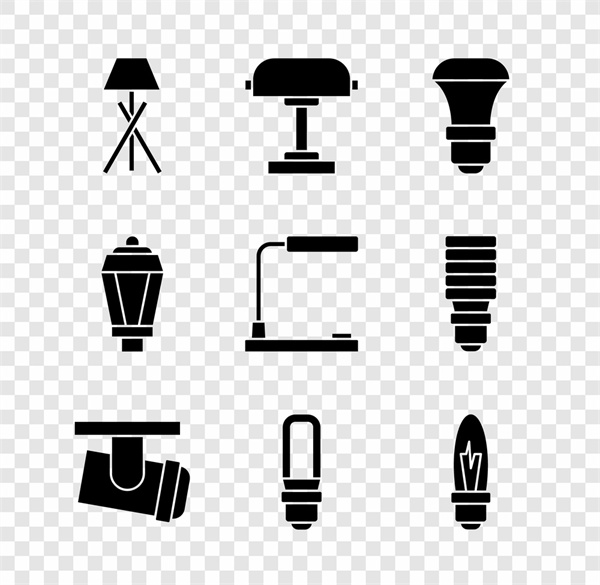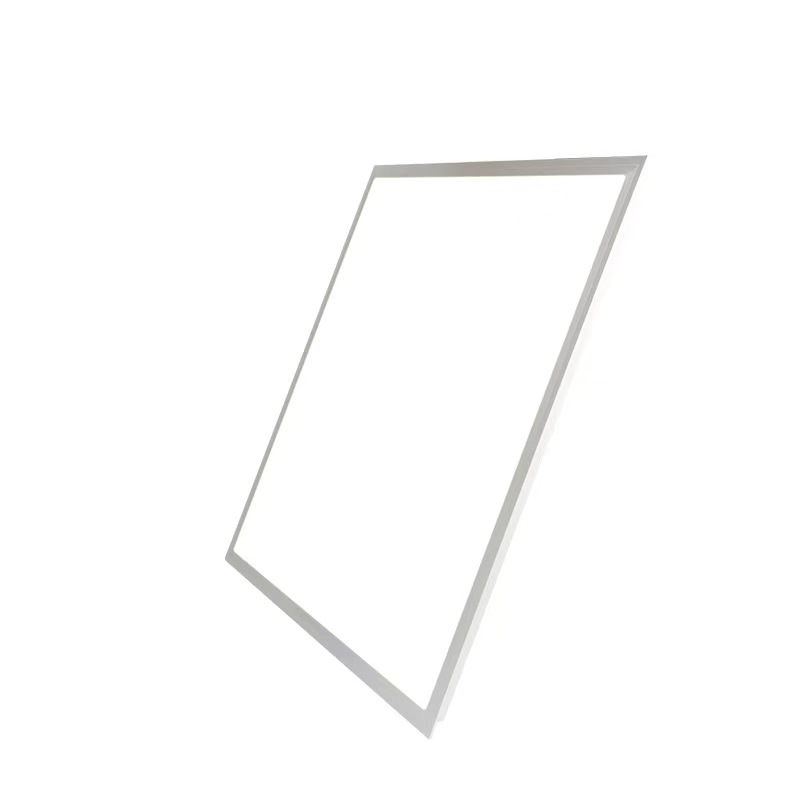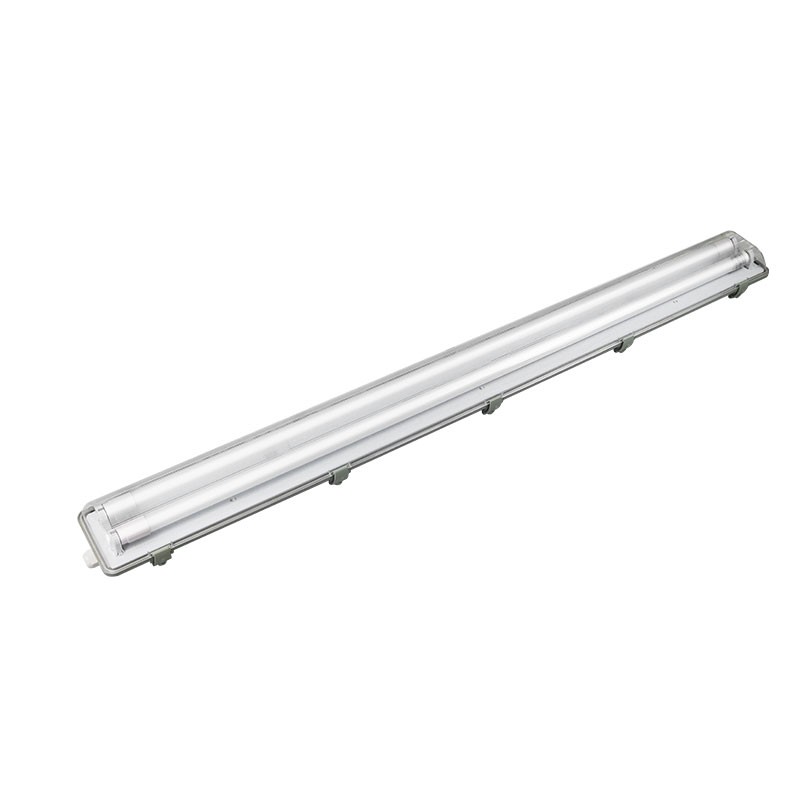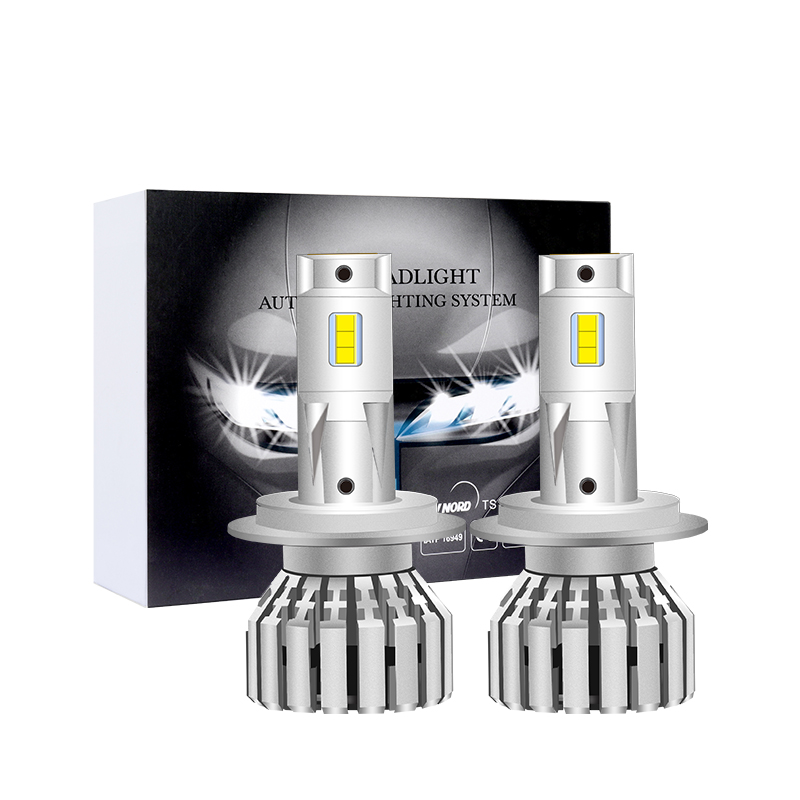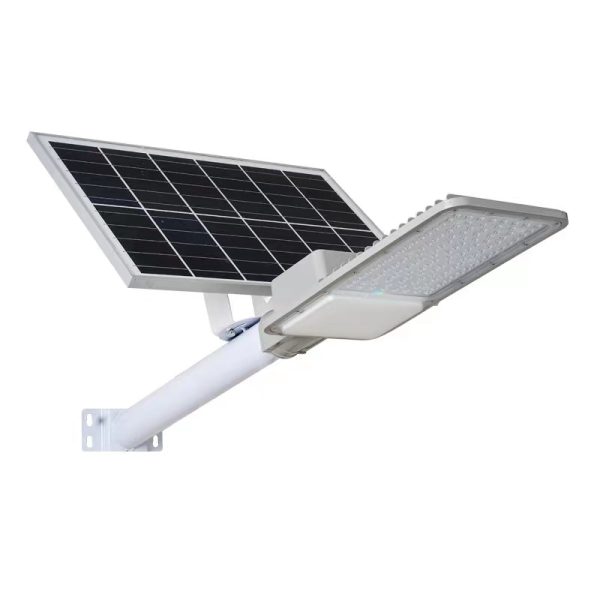LED chips are an important optoelectronic device with a wide range of applications. The materials of LED chips mainly include gallium arsenide (GaAs), gallium nitride (GaN) and gallium phosphide (Gap). These materials have excellent optoelectronic properties, enabling efficient energy conversion and luminescence.
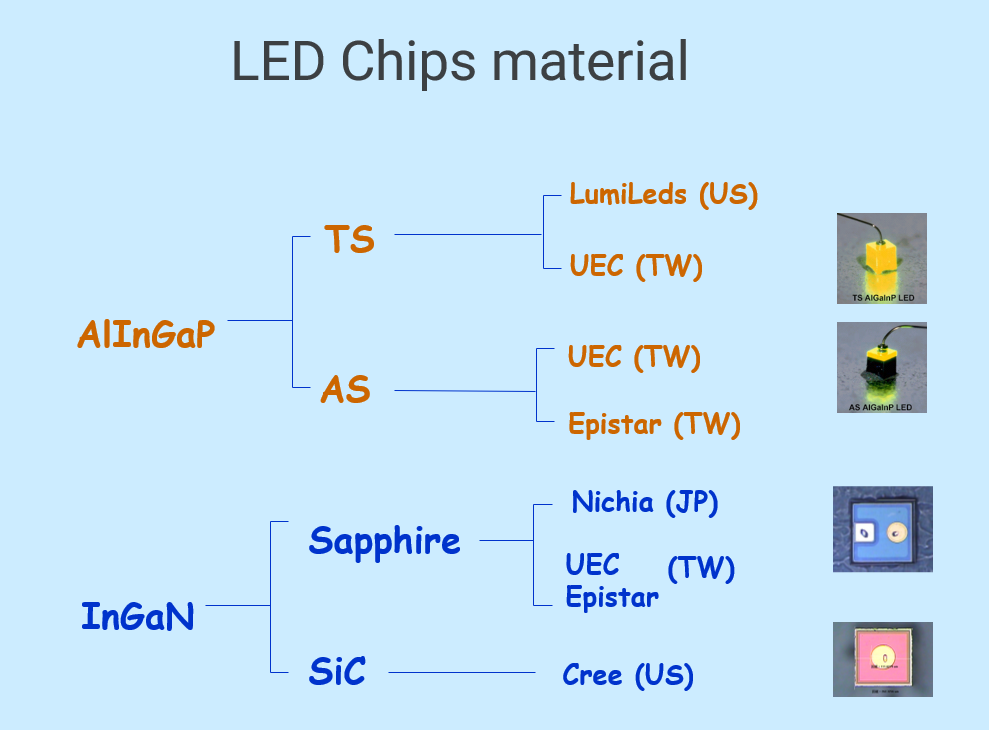
The luminous color of an LED chip depends on its material properties and process technology. Common LED light-emitting colors are red, green, blue and yellow. Among them, the red LED chip is usually made of gallium arsenide material, the green LED chip is made of gallium nitride material, and the blue LED chip is made of gallium phosphide material. In addition, through the doping and compounding of different materials, LED chips of other colors, such as purple, orange and white, can also be realized.
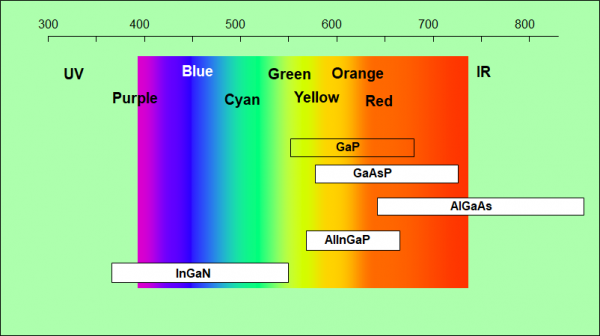
The luminous color of the LED chip can be adjusted by controlling the current and voltage, so as to achieve different brightness and color luminous effects. LED chips have the advantages of high brightness, low power consumption, and long life, and are widely used in lighting, display, communication, and automobiles. In the future, the materials and luminous colors of LED chips are expected to continue to innovate and develop to meet people’s needs for high-quality, high-efficiency optoelectronic devices.
Some main functions of LED chips:
1. Lighting function: LED chips can emit bright light for indoor and outdoor lighting. LED lighting has the characteristics of high efficiency and long life, which can save energy and reduce energy consumption.
2. Display function: LED chips can be used to manufacture various display screens and indicator lights. For example, LED chips are widely used in TVs, computer monitors, mobile phone screens, vehicle dashboards, and indoor and outdoor billboards.
3. Indication function: LED chips are often used in indicator lights and signal lights. Examples include traffic lights, status lights for electronic devices, and security lights.
4. Decorative function: Because LED chips can emit light of various colors, they are also commonly used for decorative purposes. For example, LED strips can be used for interior decoration, stage lighting and festival decoration, etc.
5. Backlight function: Many electronic devices need backlight to provide brightness and contrast, and LED chips can be used for backlight. Examples include LCD TVs, computer monitors, and smartphones.
In short, LED chips have a wide range of applications in lighting, display, indication, decoration and backlighting, providing high-efficiency and reliable light sources for various electronic devices and scenes.


